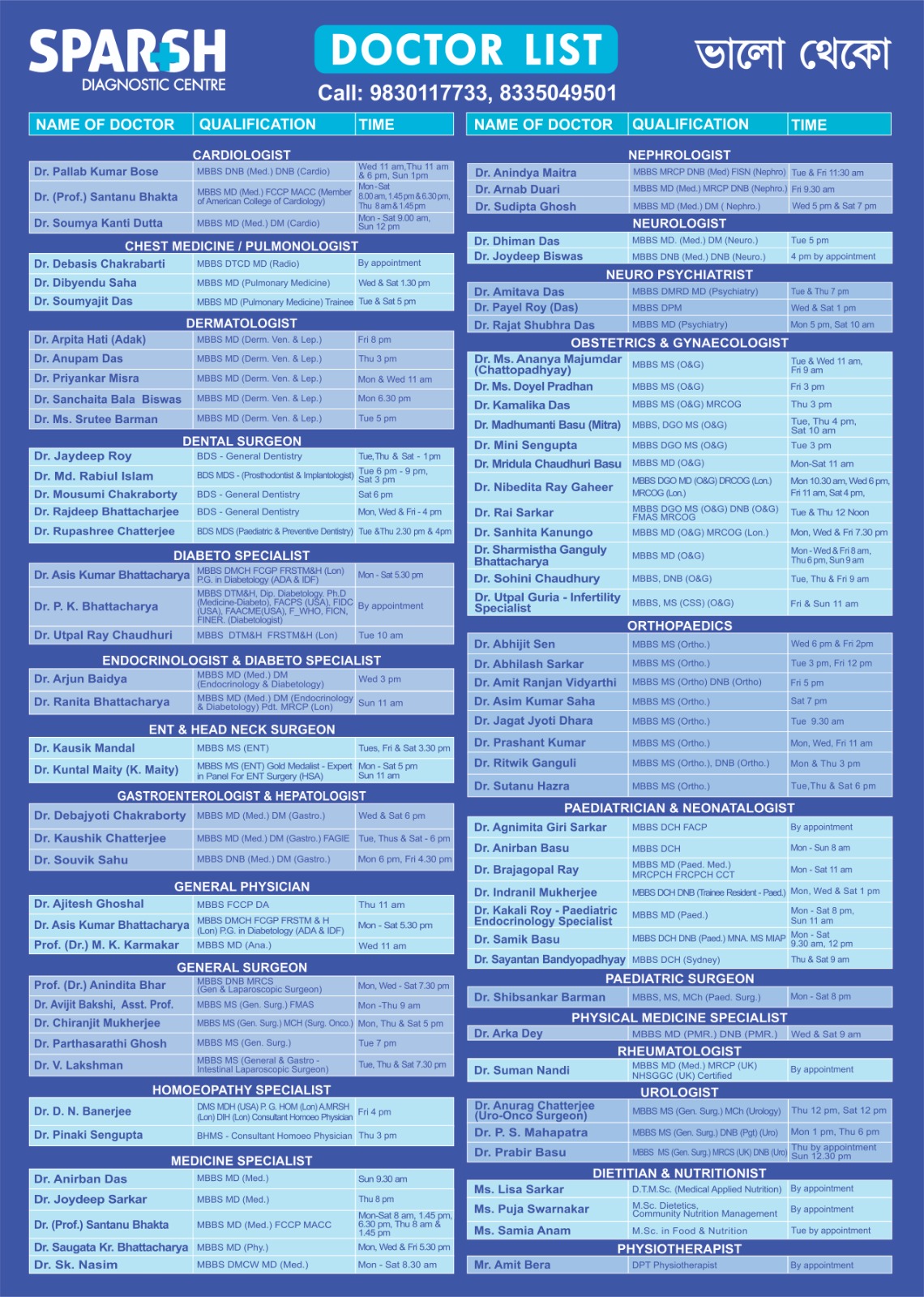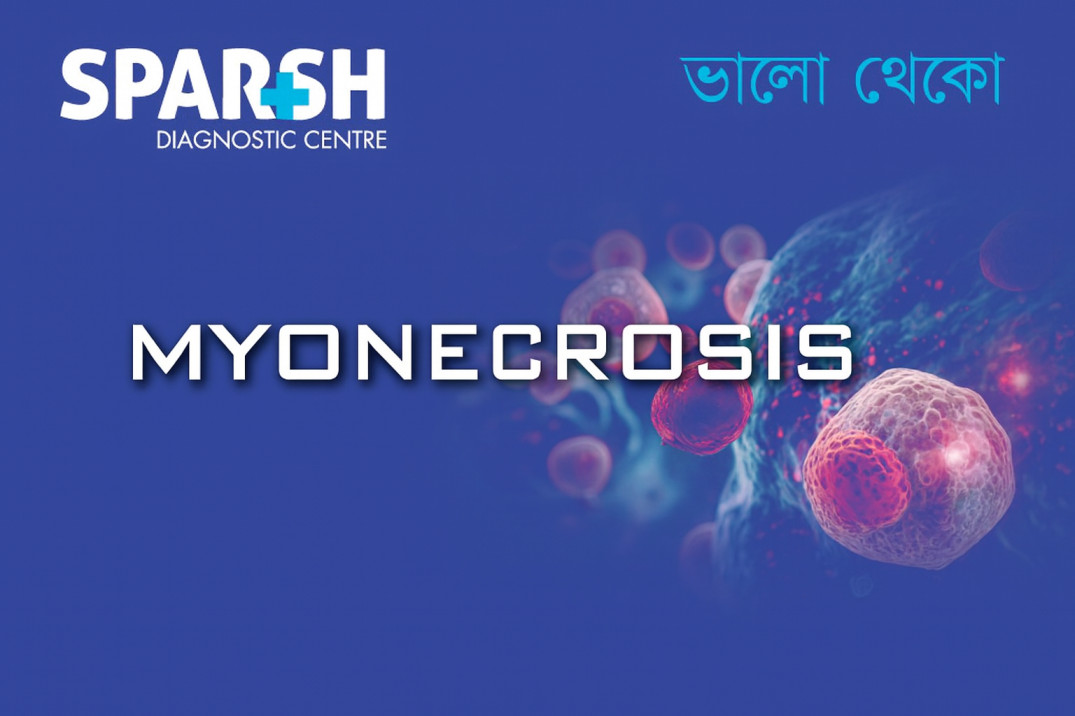Myonecrosis is a severe and potentially life-threatening condition characterised by the death of skeletal muscle tissue. It occurs when muscle cells are deprived of oxygen due to infection, reduced blood supply, trauma, or underlying medical disorders. The condition may progress rapidly and requires urgent medical attention to prevent complications such as sepsis, organ failure, limb loss, or even death.
While rare, myonecrosis is most commonly associated with Clostridium infections, severe diabetes, vascular disease, and traumatic injuries. Early recognition and timely treatment significantly improve the outcome.
This comprehensive guide explains everything you need to know about myonecrosis—its causes, symptoms, diagnostic methods, treatment options, complications, and preventive strategies.
What Is Myonecrosis?
Myonecrosis refers to the necrosis (death) of muscle fibres caused by infection, ischemia (poor blood flow), toxins, or metabolic disturbances. It disrupts the structural integrity of muscles, leading to pain, swelling, loss of function, and systemic toxicity.
Types of Myonecrosis
Infectious Myonecrosis
Caused mainly by bacteria, especially:Clostridium perfringens
Clostridium septicum
These are fast-spreading, toxin-producing bacteria responsible for gas gangrene.
Ischemic Myonecrosis
Occurs when blood flow to muscle is critically reduced due to trauma, compartment syndrome, or severe atherosclerosis.Diabetic Myonecrosis
A non-infectious form seen in patients with long-standing, poorly controlled diabetes.Traumatic Myonecrosis
Results from crush injuries, extensive burns, or severe physical trauma.Drug-Induced Myonecrosis
Certain medications, especially statins, anticoagulants, and illicit drugs, may cause muscle breakdown.
Causes of Myonecrosis
1. Bacterial Infections
The most dangerous cause of myonecrosis is infection by toxigenic bacteria, mainly:
Clostridium perfringens
Clostridium novyi
Staphylococcus aureus
Streptococcus pyogenes
These bacteria release toxins that destroy muscle tissue and produce gas, leading to gas gangrene, a medical emergency.
2. Poor Blood Supply
Reduced blood flow deprives muscles of oxygen, causing ischemic necrosis. Common reasons include:
Acute arterial occlusion
Embolism
- Severe hypotension or shock
3. Diabetes
Poorly controlled diabetes leads to:
Microvascular damage
Impaired tissue oxygenation
Increased susceptibility to infection
These factors contribute to diabetic myonecrosis, most often involving thigh and calf muscles.
4. Trauma
Muscle tissue damage due to:
Crush injuries
High-impact accidents
Severe burns
Prolonged immobility
Trauma compromises circulation and increases the risk of infection.
5. Toxins and Drugs
Certain substances may trigger muscle necrosis, including:
Statins (high dose)
Cocaine
Alcohol abuse
Anticoagulants
Snake venom
6. Vascular Diseases
Conditions such as:
limit blood flow to muscles and may lead to myonecrosis.
Symptoms of Myonecrosis
Symptoms vary based on severity and underlying cause. Common signs include:
Local Symptoms
Severe muscle pain (sudden and disproportionate)
Swelling and tightness
Warmth and tenderness
Skin discoloration (pale → purple → black in severe cases)
Crepitus (crackling sound under the skin due to gas formation)
Loss of muscle function
Open wounds or foul-smelling discharge (in infectious cases)
Systemic Symptoms
As the condition worsens, toxins and inflammatory mediators spread into the bloodstream, leading to:
Confusion or altered mental status
Early detection is crucial to prevent systemic complications.
Complications of Myonecrosis
If not treated promptly, myonecrosis can result in:
1. Sepsis and Septic Shock
Bacterial toxins enter the bloodstream, leading to life-threatening organ dysfunction.
2. Rhabdomyolysis
Rapid breakdown of muscle fibres releases myoglobin, which can cause acute kidney injury.
3. Amputation
Severe tissue destruction may require removal of affected limbs to prevent toxin spread.
4. Multi-organ Failure
Due to overwhelming infection and inflammation.
5. Permanent Muscle Damage
Leading to disability or reduced mobility.
Early medical intervention significantly reduces the risk of these complications.
How Is Myonecrosis diagnosed?
Diagnosis requires a combination of clinical evaluation, laboratory tests, and imaging studies.
1. Physical Examination
Doctors look for:
Extreme pain
Swelling
Crepitus
Skin discoloration
Rapid progression
2. Laboratory tests
Common findings include:
Elevated CK (creatine kinase) levels
High CRP and WBC count
Elevated lactate (suggesting tissue hypoxia)
Increased myoglobin in blood and urine
Abnormal kidney function tests
3. Imaging Tests
X-ray
Detects gas formation in tissues (seen in gas gangrene).
Ultrasound
Identifies fluid collection and muscle edema.
CT Scan
Visualises deep muscle involvement and gas pockets.
MRI
The most sensitive tool for diagnosing muscle necrosis.
Helps differentiate between infection, inflammation, and ischemia.
4. Microbiological Tests
Tissue culture
Blood culture
to identify the specific organism causing infection.
5. Muscle Biopsy
Confirms necrosis and helps rule out other conditions like inflammatory myopathies.
Treatment of Myonecrosis
Management depends on the underlying cause and severity. It typically involves a combination of medical therapy, surgery, and supportive care.
1. Antibiotic Therapy
For infectious myonecrosis, immediate administration of broad-spectrum IV antibiotics is essential:
Common choices:
Penicillin + Clindamycin
Vancomycin
Piperacillin–tazobactam
Carbapenems
Clindamycin helps inhibit toxin production by Clostridium bacteria.
2. Surgical Intervention
Surgery is often required to remove dead tissues and stop the spread of infection.
Procedures include:
Debridement (removal of necrotic muscle)
Fasciotomy (to relieve pressure in compartment syndrome)
Drainage of abscesses
Amputation (in severe, life-threatening cases)
Early surgical management greatly improves survival.
3. Supportive and Critical Care
Includes:
IV fluids
Electrolyte management
Pain control
Vasopressors (in shock)
Blood transfusions
Continuous monitoring in ICU
4. Hyperbaric Oxygen Therapy (HBOT)
Used especially in clostridial myonecrosis. HBOT:
Increases oxygen supply to tissues
Inhibits anaerobic bacterial growth
Enhances wound healing
5. Treatment of Underlying Diseases
Such as:
Diabetes control
Management of vascular disorders
Adjusting medications causing muscle injury
Prevention of Myonecrosis
You can lower the risk by following these measures:
1. Manage Chronic Diseases
Treat vascular diseases promptly
Monitor cholesterol and blood pressure
2. Avoid High-Risk Medications Without Supervision
Statins
Steroids
Anticoagulants
Consult with a doctor before starting or stopping any medication.
3. Prevent Trauma
Use protective gear
Take safety precautions during strenuous activities
4. Timely Treatment of Infections
Any deep wound, fever, or suspicious swelling should be evaluated by a healthcare professional.
5. Maintain Good Hygiene
Especially for patients with diabetes or compromised immunity.
Myonecrosis in diabetes: A special note
Diabetic myonecrosis is a unique form that occurs in patients with poorly controlled Type 1 or Type 2 diabetes. It usually affects the thigh and calf muscles.
Key features:
Sudden severe muscle pain
Swelling without infection
Normal or slightly elevated temperature
MRI is the best diagnostic tool
Treated with rest, pain control, and glucose management
Unlike infectious myonecrosis, surgery is rarely needed unless complications arise.
When should you see a Doctor?
Seek immediate medical help if you experience:
Sudden, severe muscle pain
Rapidly worsening swelling
Fever with muscle tenderness
Skin turning dark, purple, or black
A foul-smelling wound discharge
Crackling sound under the skin
Inability to move the affected limb
Early treatment saves lives and reduces long-term disability.
FAQ Section
1. Is myonecrosis the same as gas gangrene?
Not always. Gas gangrene is a type of infectious myonecrosis specifically caused by Clostridium bacteria that produce gas.
Myonecrosis can also occur without infection.
2. How quickly does myonecrosis progress?
In infectious cases, symptoms can progress within hours.
Ischemic and diabetic myonecrosis may take days to weeks to develop.
3. Can myonecrosis be cured?
Yes, with early treatment, including antibiotics, surgery, and supportive care.
Delayed treatment increases the risk of complications such as amputation or death.
4. Is myonecrosis life-threatening?
Yes. Especially clostridial myonecrosis, which can cause:
Sepsis
Septic shock
Multi-organ failure
Immediate treatment is essential.
5. Who is at high risk of developing myonecrosis?
People with:
Diabetes
Peripheral arterial disease
Trauma or crush injuries
Severe infections
- Immunosuppression
are at higher risk.
6. How is diabetic myonecrosis different?
Diabetic myonecrosis is non-infectious and usually does not require surgery. It improves with:
Rest
Pain control
Blood sugar optimisation
7. Can myonecrosis cause kidney failure?
Yes. Severe muscle breakdown leads to rhabdomyolysis, which can cause acute kidney injury.
8. Is hyperbaric oxygen therapy necessary?
HBOT is recommended for clostridial myonecrosis, but not for ischemic or diabetic forms.
Myonecrosis is a serious medical condition that demands urgent attention. Whether caused by infection, reduced blood flow, trauma, or underlying diseases like diabetes, early diagnosis and timely intervention are critical to preventing complications.
Being aware of the symptoms—such as sudden severe muscle pain, swelling, and skin changes—helps ensure quick medical support. Proper management of chronic diseases, timely wound care, and healthy lifestyle habits also reduce your risk.
If you suspect myonecrosis or experience rapidly worsening muscle pain, seek immediate medical care. Early action saves both life and limb.
For expert evaluation and advanced imaging, Sparsh Diagnostic Centre offers comprehensive diagnostic support to ensure timely, accurate diagnosis and effective treatment guidance.
#BhaloTheko
Disclaimer:
No content on this site, regardless of date, should ever be used as a substitute for direct medical advice from your doctor or other qualified clinician.

![]()






[…] Infectious Necrosis (Myonecrosis):Caused by bacterial infections, particularly Clostridium perfringens (gas gangrene). It spreads rapidly and can be life-threatening. […]